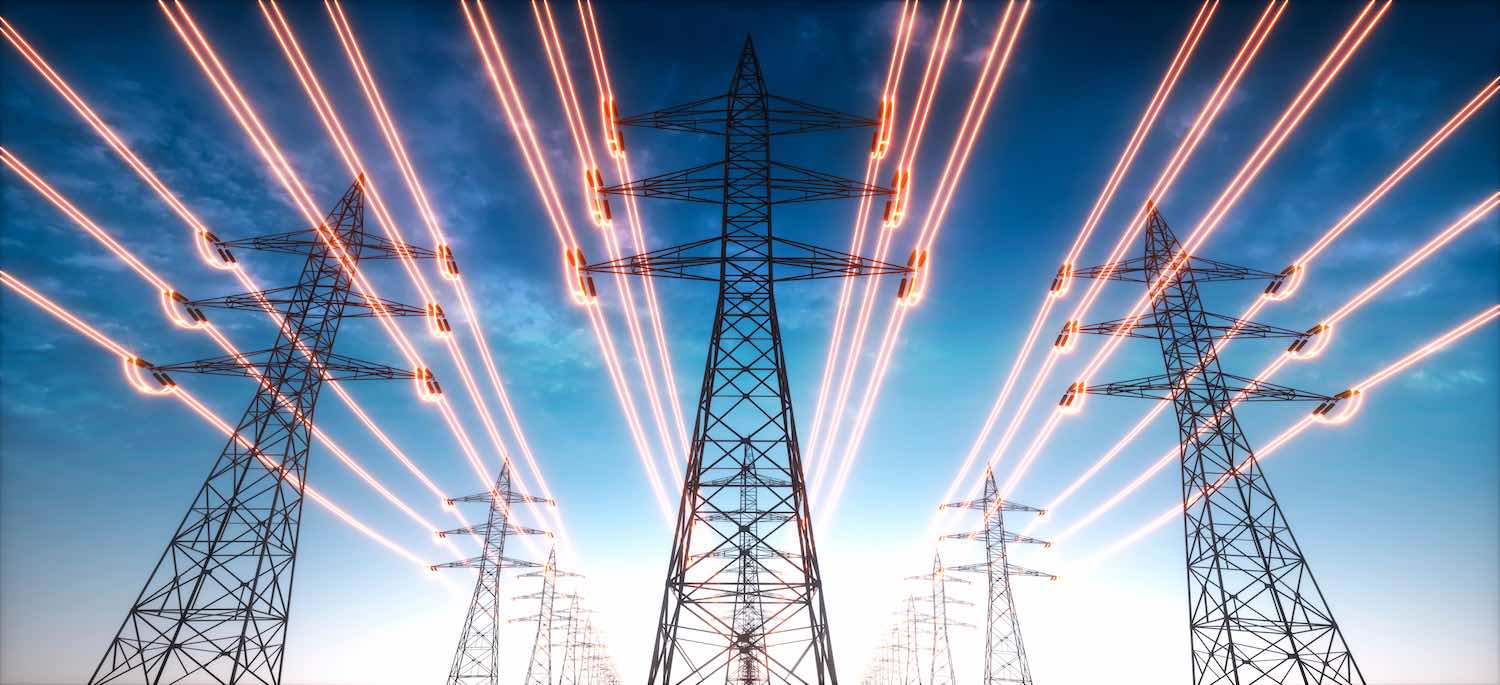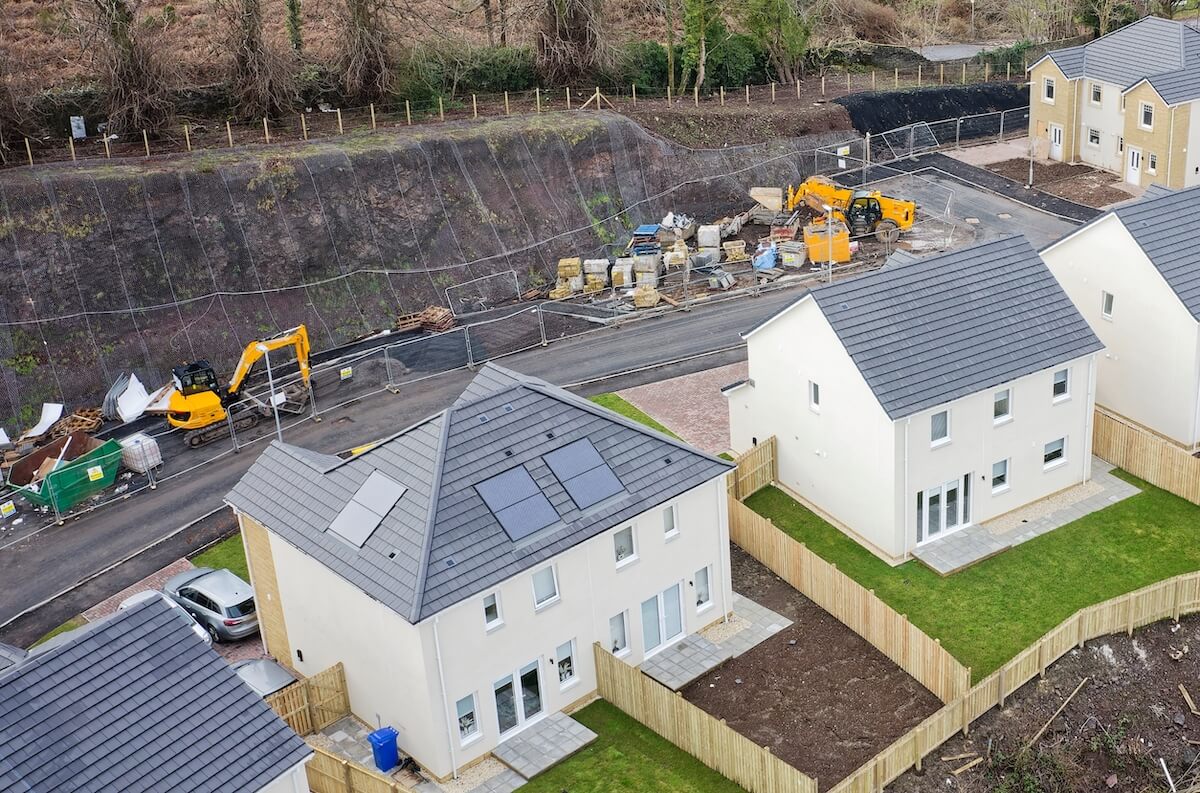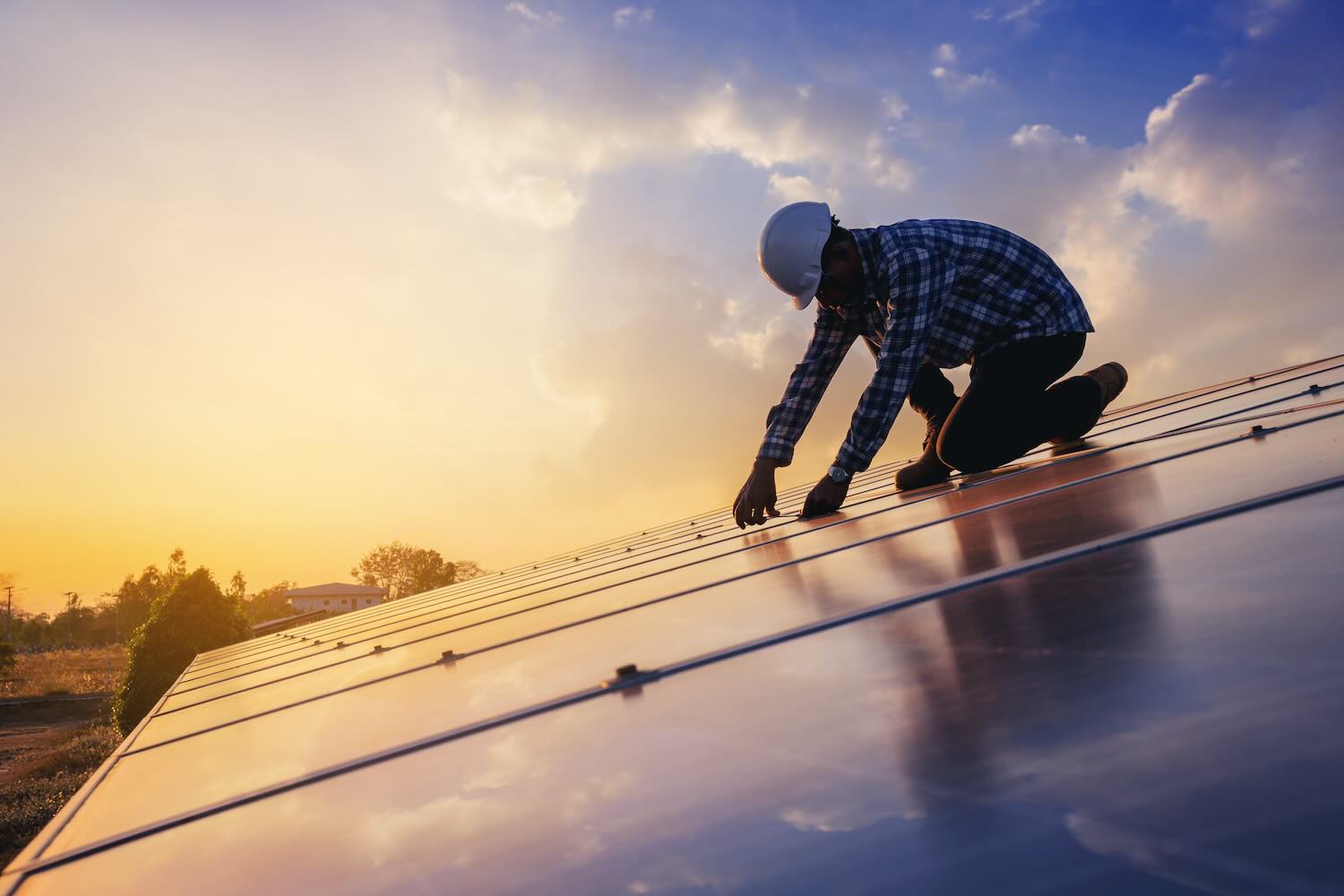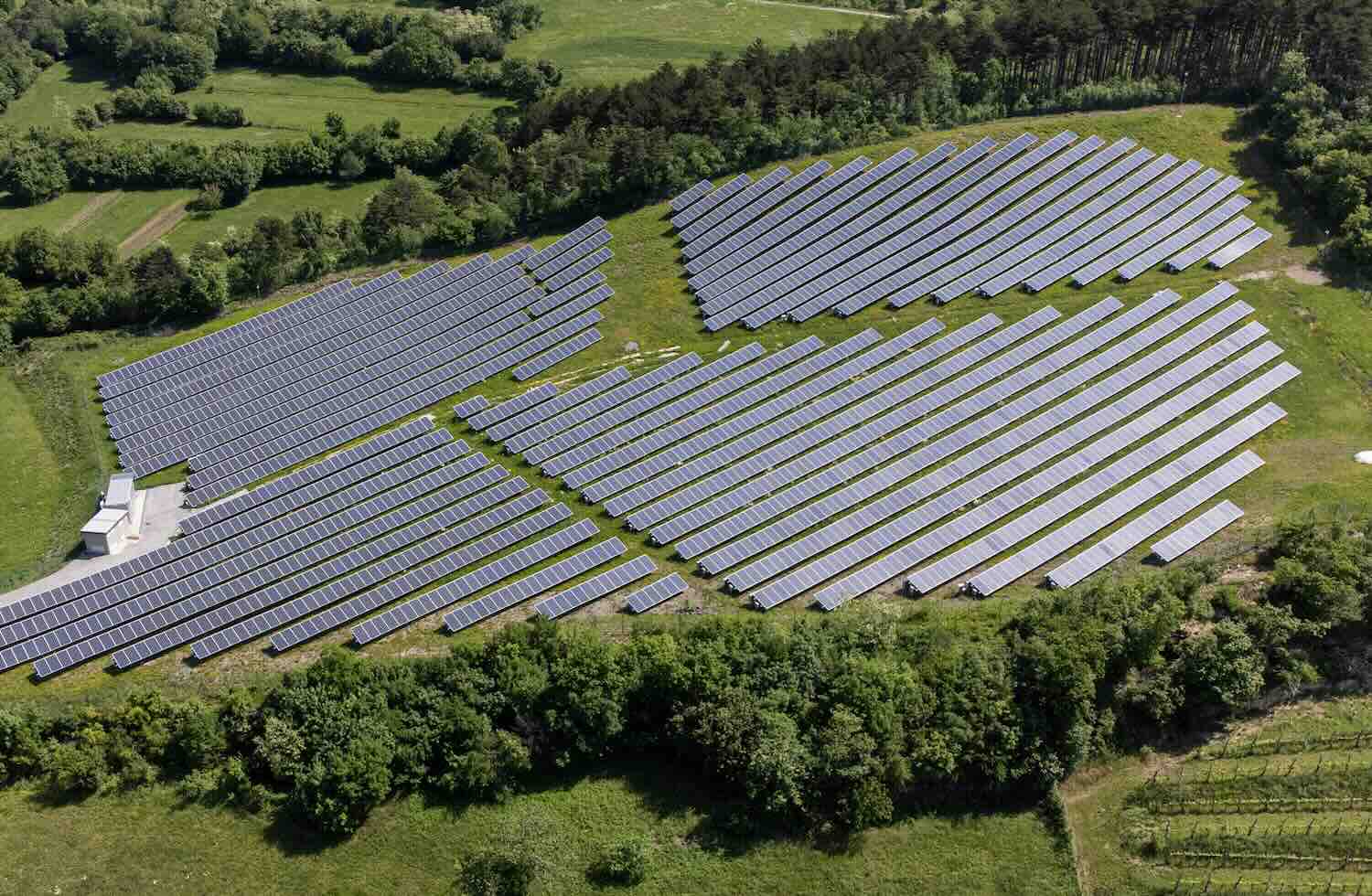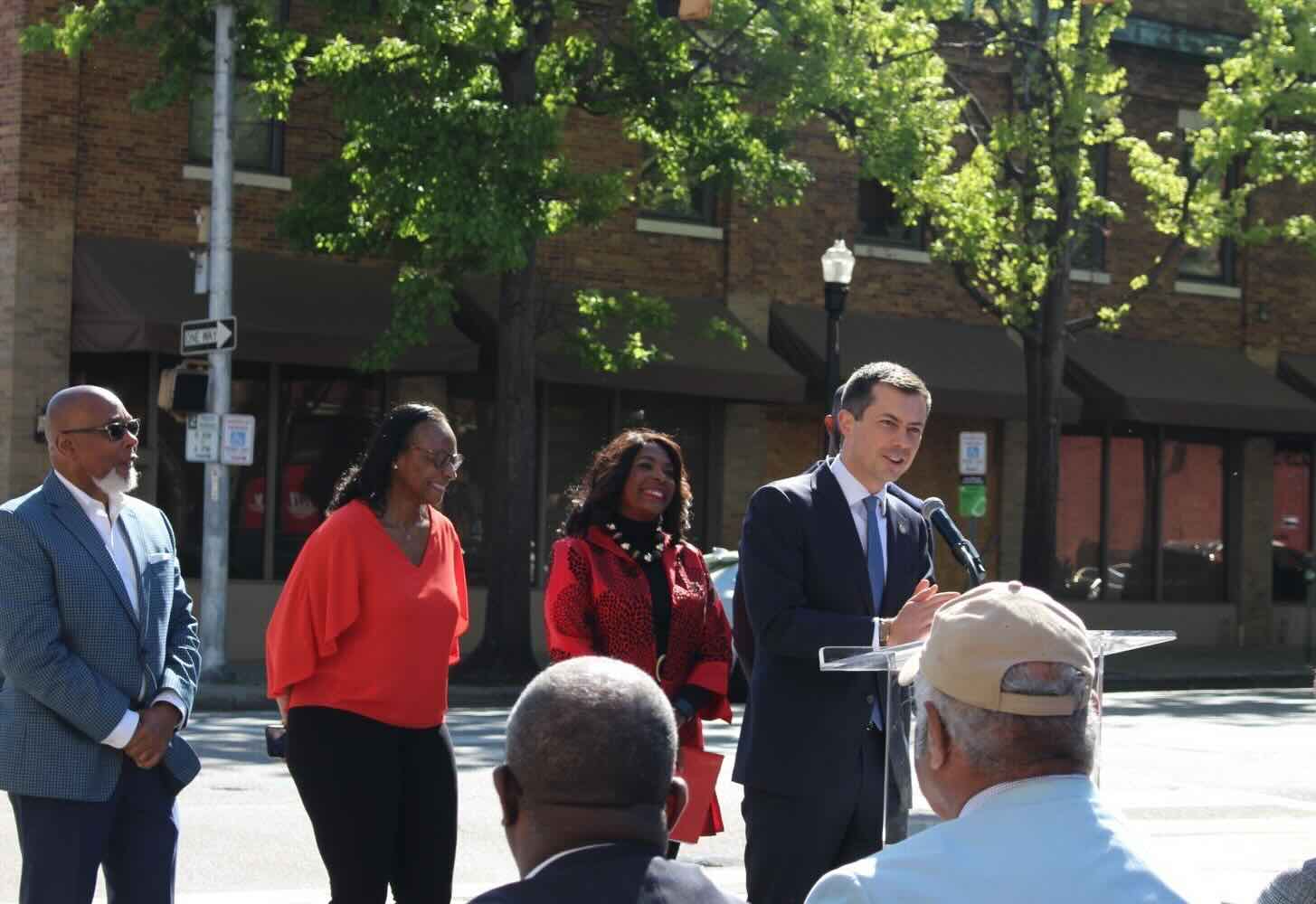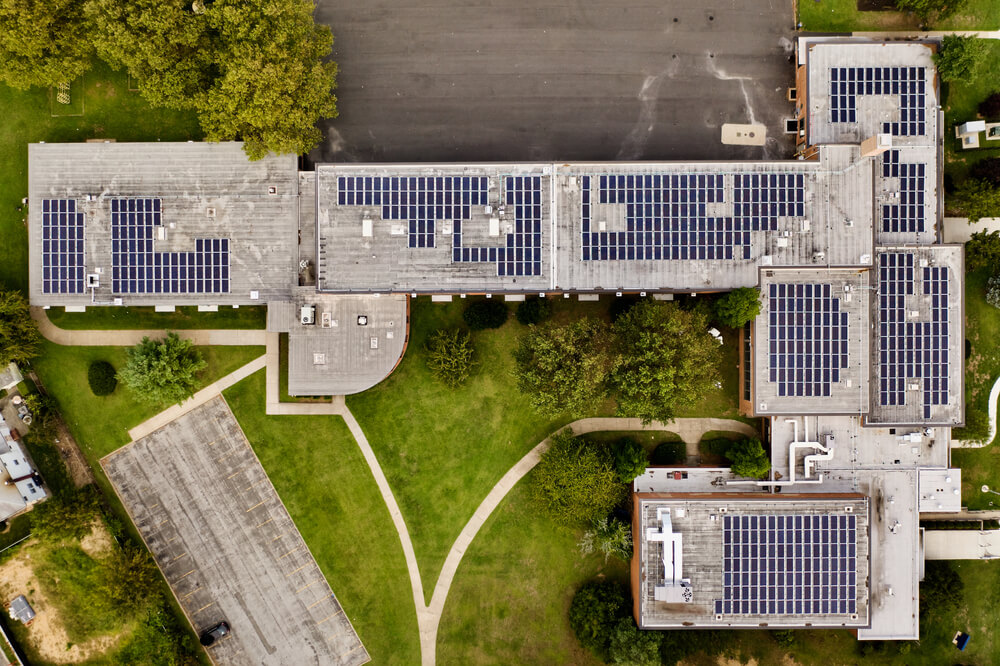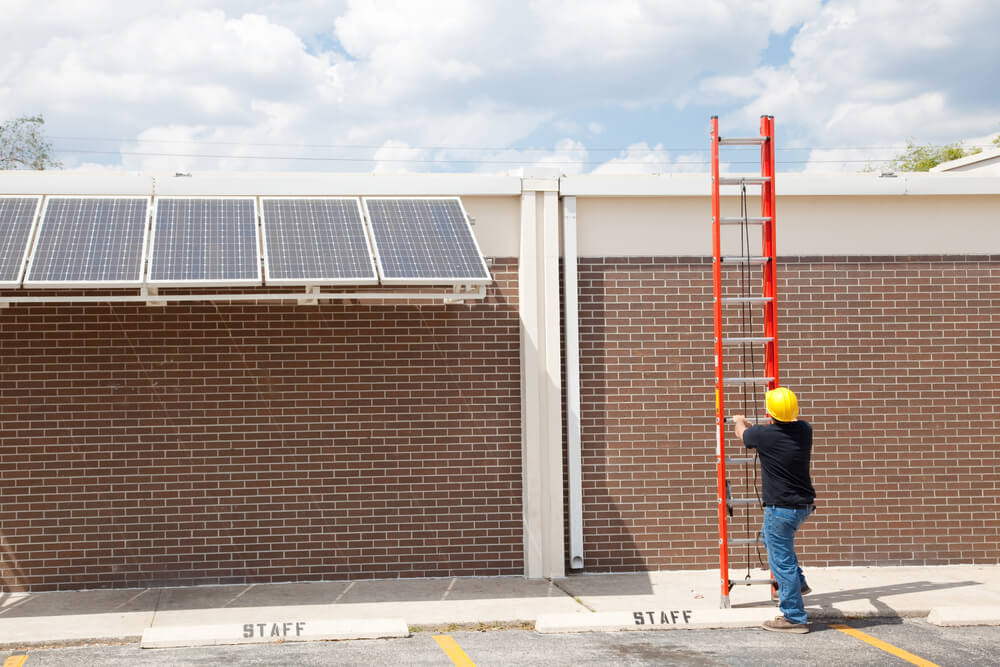ImpactAlpha, Oct. 31 – Electric vehicles factories and renewable energy plants are rapidly rising across the US, thanks to federal tax incentives. Not keeping pace: investments in the nation’s aging electrical grid. The average wait time to connect a power project to the grid is five years.
The latest funding awards from the Department of Energy look to address that bottleneck with $1.3 billion for three proposed regional transmission lines. Under the Transmission Facilitation Program, part of the bipartisan infrastructure law, the government can pre-purchase a portion of the proposed capacity of transmission lines, which helps de-risk the project.
The transmission projects include Cross-Tie, a 214-mile line in Utah and Nevada; Southline, a 175-mile project stretching from New Mexico to Arizona; and the Twin States bi-directional line in New Hampshire and Vermont, which would be able to export excess energy to Canada.
DOE expects to solicit a second round of awards in the first half of 2024, with a focus on proposals that include public-private partnerships, loans, and private sector capacity contracts.
Permitting reform
The transmission funding follows $3.5 billion announced last week by DOE’s Grid Deployment Office. The grants, for 58 projects in 44 states, represented the largest-ever direct federal investment in boosting grid resilience and reliability, Energy Secretary Jennifer Granholm said.
Energy storage and distributed micro-grids as well as grid-optimizing technology can help mitigate grid capacity constraints. But “such solutions will almost certainly fail to meet the full scope of transmission needs,” DOE noted in a national needs assessment published last month.
Transmission projects face challenges including siting and permitting. Congress is mulling permitting reform to help ease such challenges.
Global demand
Investment in renewable energy around the world has nearly doubled since 2010. In contrast, global investment in grids remains stuck at around $300 billion per year, according to a new report from the International Energy Agency. More than 3,000 gigawatts of clean power projects are waiting for interconnection, half of them in advanced stages.
To meet climate goals set by the world’s governments, almost 50 million miles of new or revamped transmission lines will be needed by 2040, IEA projects. That’s equivalent to adding another global grid in 16 years.
“Delays in grid investment and reform would substantially increase global carbon dioxide emissions, slowing energy transitions and putting the 1.5 °C goal out of reach,” the agency concludes.

